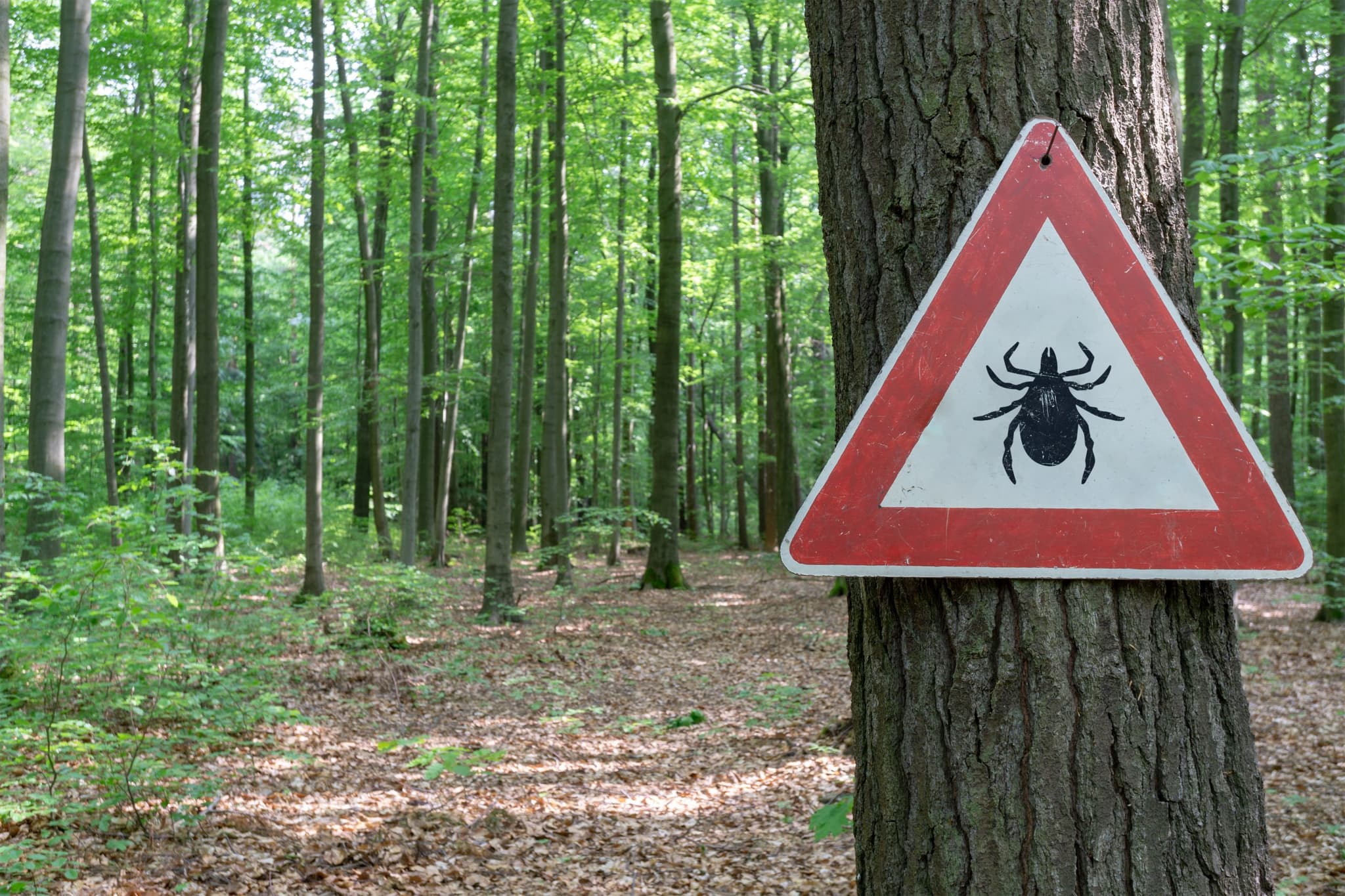
2025-11-21T14:10:25
How to Prevent Gestational Diabetes
- Family Medicine
- Internal Medicine
- OB/GYN
July 10, 2025 | Family Medicine • Internal Medicine • Urgent Care
Specialties:Family Medicine • Internal Medicine • Urgent Care

Utah’s scenic mountain ranges and elevated terrain are a dream for outdoor enthusiasts, but for many residents and visitors, higher elevation can come with unexpected health challenges. If you’ve experienced shortness of breath, headaches, or fatigue while spending time at a higher elevation, you’re not alone. These symptoms are often linked to altitude-related health issues, which are more common than you might think in Utah.
In this article, we’ll explore the top altitude-related health problems that affect people in Utah, how to recognize them, and what you can do to prevent complications. Follow these tips to breathe easier and enjoy all that the Beehive State has to offer.
Altitude sickness, also called acute mountain sickness (AMS), occurs when your body struggles to adjust to reduced oxygen levels at elevations typically above 8,000 feet. Air becomes thinner as you climb higher, making it harder for your lungs to deliver oxygen to your bloodstream.
In severe cases, altitude sickness can develop into high-altitude pulmonary edema (HAPE) or high-altitude cerebral edema (HACE). These are life-threatening conditions that require emergency care.
Utah has cities and attractions located at varying elevations, so altitude sickness is a real concern for both locals and travelers. Activities like skiing, hiking, or even driving to scenic lookouts can quickly increase your elevation and your risk of symptoms. Even Utah residents may feel the effects when visiting higher-altitude destinations within the state. Here’s a snapshot of Utah elevations:
Altitude sickness is more likely to occur at elevations above 8,200 feet, but some individuals may experience symptoms at lower elevations (4,900 feet).
To give your body time to acclimate, Harvard Health recommends that you do not increase your altitude by more than 1,000 feet per night. And each time you increase your altitude by 3,000 feet, spend a second night at this elevation before going farther.
AMS is often the first and most common altitude-related issue. It can make you feel like you have the flu. It usually resolves with rest, hydration, and descending to lower altitudes if needed.
People with underlying respiratory conditions like asthma, COPD, or sleep apnea may notice worsening symptoms at high elevations due to reduced oxygen availability.
Utah’s dry mountain air can increase fluid loss through breathing and sweating. Dehydration also worsens the symptoms of altitude sickness and can impact your energy levels and mental clarity.
This rare but serious condition occurs when fluid accumulates in the lungs. Symptoms include severe shortness of breath, coughing (sometimes with frothy sputum), and a feeling of chest tightness.
Even more dangerous than HAPE, HACE involves swelling of the brain. It causes confusion, impaired coordination, hallucinations, and in some cases, unconsciousness.
High Altitude Health Tips: How to Prevent Altitude Sickness in Utah
Whether you’re heading out for a mountain hike or just arriving in Utah from sea level, these tips can help reduce your risk:
If you’re experiencing severe or worsening symptoms of altitude sickness, especially confusion, chest tightness, or difficulty walking, get to a lower elevation and seek medical care immediately. Don’t wait. High-elevation illness can escalate quickly and should never be ignored.
For persistent breathing issues in Utah, it’s important to rule out underlying conditions that may be exacerbated by elevation, such as heart disease, anemia, or lung disorders.
Utah’s hiking trails are stunning but also challenging due to elevation. If you plan to hit the trails, remember:
Altitude-related health issues are common, but with the right knowledge and preparation, you can prevent complications and stay safe while enjoying Utah’s high-altitude lifestyle. Whether you’re hiking at high elevation or adjusting to life above sea level, listen to your body, stay hydrated, and don’t hesitate to consult a provider if symptoms arise.
If you’re dealing with mild symptoms like headache, fatigue, or light dizziness, Revere Health Urgent Care can help you get back on your feet. For more severe symptoms, especially confusion, chest tightness, or significant shortness of breath, seek emergency medical attention right away.

WRITTEN BY:
Shayliah Lassen
Shayliah is currently an intern at Revere Health focusing on Digital Marketing. With a Bachelor's of Science in Business Administration and Marketing from Western Governors University, she brings a solid foundation in digital marketing to her role as a Marketing Intern. Outside of work, Shayliah enjoys baking, playing pickleball, hitting the gym, and listening to new music. These interests reflect her vibrant and dynamic approach to both her personal and professional life.

2025-11-21T14:10:25

2025-11-03T11:32:24

2025-10-21T11:51:52

2025-08-20T16:07:59
This information is not intended to replace the advice of a medical professional. You should always consult your doctor before making decisions about your health.